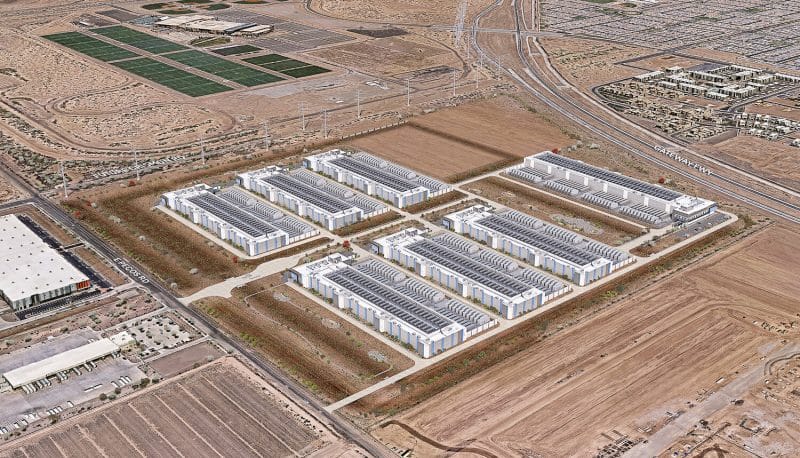 By Lexy Atmore | Climate Progress
By Lexy Atmore | Climate Progress
America’s agriculture is highly dependent on specific, stable climate conditions. Yet global warming is wreaking havoc on our nation’s farmlands — an industry that produces nearly $300 billion per year in commodities. The frequency and severity of droughts, floods, and changes in precipitation are having negative effects on crops.
It’s only going to get worse. According to the U.S. Climate Assessment, the future holds far more devastating droughts, more floods and more heat waves — resulting in the further decline of crops and livestock production. An effective strategy to protect America’s agricultural sector will have to involve both climate change mitigation and adaptation practices.
Indeed, Mark Hertsgaard wrote last year in The New York Times, “The farm bill is not only the centerpiece of United States food and agriculture policy, it is also a de facto climate bill.”
This year, Congress has another chance to shape the legislation to effectively combat climate change and help farmers prepare for what we know will occur on our farmlands. Last year, Congress was only able to extend the farm bill through September 30, 2013.





